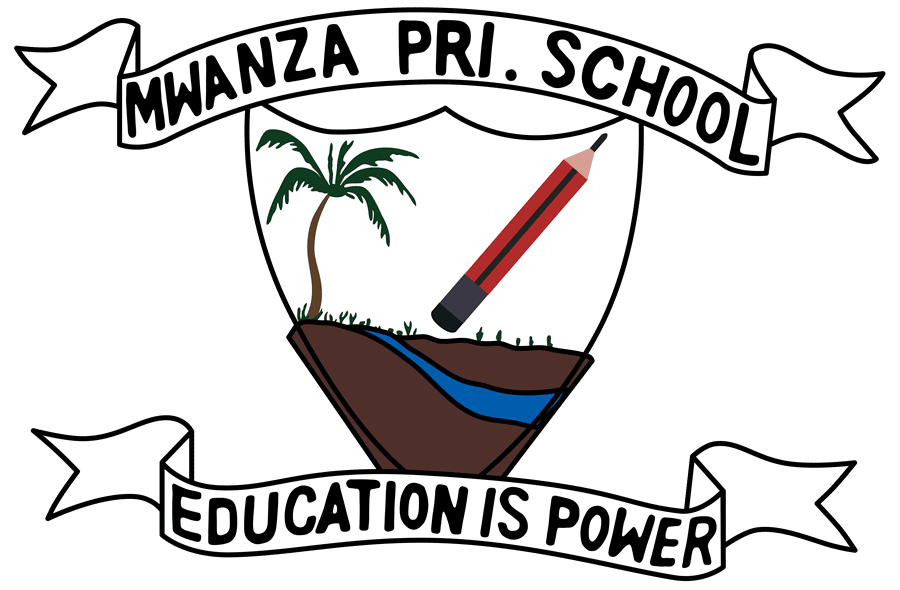Informationen allgemeiner Art
Das kenianische Schulsystem
(aus Wikipedia entnommene Informationen)
Achtjährige Grundschule
Besonders auf dem Land wurden viele Grundschulen nach dem Harambee-Prinzip unterhalten, das heißt die Eltern finanzierten sie durch Spenden selbst. Diese Schulen waren in jeder Hinsicht arm. Diese Situation verbesserte sich erst, als 2003 die Regierung Kibaki ihr Wahlversprechen einlöste und das Schulgeld für die „Primary Schools“ abschaffte. Damit ermöglichte sie zum ersten Mal den Zugang zur Bildung für Kinder aus ärmeren Familien. Es gingen innerhalb eines Jahres 1,7 Millionen Kinder mehr zur Schule. Jedoch blieben Investitionen im Bildungssektor aus, und das Schulsystem ist kaum im Stande, der steigenden Anzahl von Schülern gerecht zu werden.
Das Lehrer-Schüler-Verhältnis hat sich auf 1:100 verschlechtert, ein qualitativ guter Unterricht ist daher kaum möglich. Zudem nimmt die Zahl der Lehrer kontinuierlich ab. Und wer eine halbwegs akzeptable Lehrer-Schüler-Relation für seine Kinder wünscht mit dem daraus resultierenden besseren Lernerfolg und sich nicht zufrieden gibt, nur dem Papier nach seine Kinder eine Klasse weiter aufsteigen zu lassen, ist weiterhin gezwungen, seine Kinder gegen entsprechendes Schulgeld auf eine der vielen Privatschulen zu schicken. Zu ihnen gehören zahlreiche Schulen von BIA. Der Betrieb dieser Schulen ist umstritten.
Weiterführende Schulen
Weiterführende Schulen “Secondary Schools” (Klasse 9–12) sind kostenpflichtige Gesamtschulen. Ihre Träger sind der Staat, große Organisationen wie z. B. die Kirchen oder private Unternehmer. Die beiden letzteren werden allgemein als Privatschulen bezeichnet. Aufgrund der Kosten sind diese Schulen für große Teile der Bevölkerung unzugänglich, auch wenn die Privatschulen Stipendien vergeben. Einige Schulen nehmen kostenlos nur begabte Kinder aus den Slums auf.
Berufsausbildung
Eine Berufsausbildung, wie sie in Deutschland etwa nach dem Dualen System oder in Berufsfachschulen flächendeckend bekannt ist, existiert in Kenia nicht. Eine Art Ausbildung gibt es im Betrieb (in-service-training) oder an einem der in den Städten zahlreichen Privatinstitute. Dort werden etwa Kfz-Mechaniker, Frisöre oder Computerfachleute ausgebildet. Alle diese Ausbildungen kosten Geld. Ein Hardware-Fachmann wird zum Beispiel in Nairobi für 2000 Euro in 18 Monaten ausgebildet. Eine solche Ausbildung erhöht die Chancen auf dem freien Markt enorm.
Universitäten
Kenia hat heute sieben staatliche Volluniversitäten und eine Vielzahl von Colleges. Nur die besten Schüler erhalten an den staatlichen Universitäten kostenlose Studienplätze. Wer weniger „gut“ ist, ist auf die kostenpflichtigen (internationalen) Privatuniversitäten angewiesen. An den Universitäten fehlt es öfter an nötigen Geldern, daher sind Streiks der Dozenten oder Studenten häufig.
